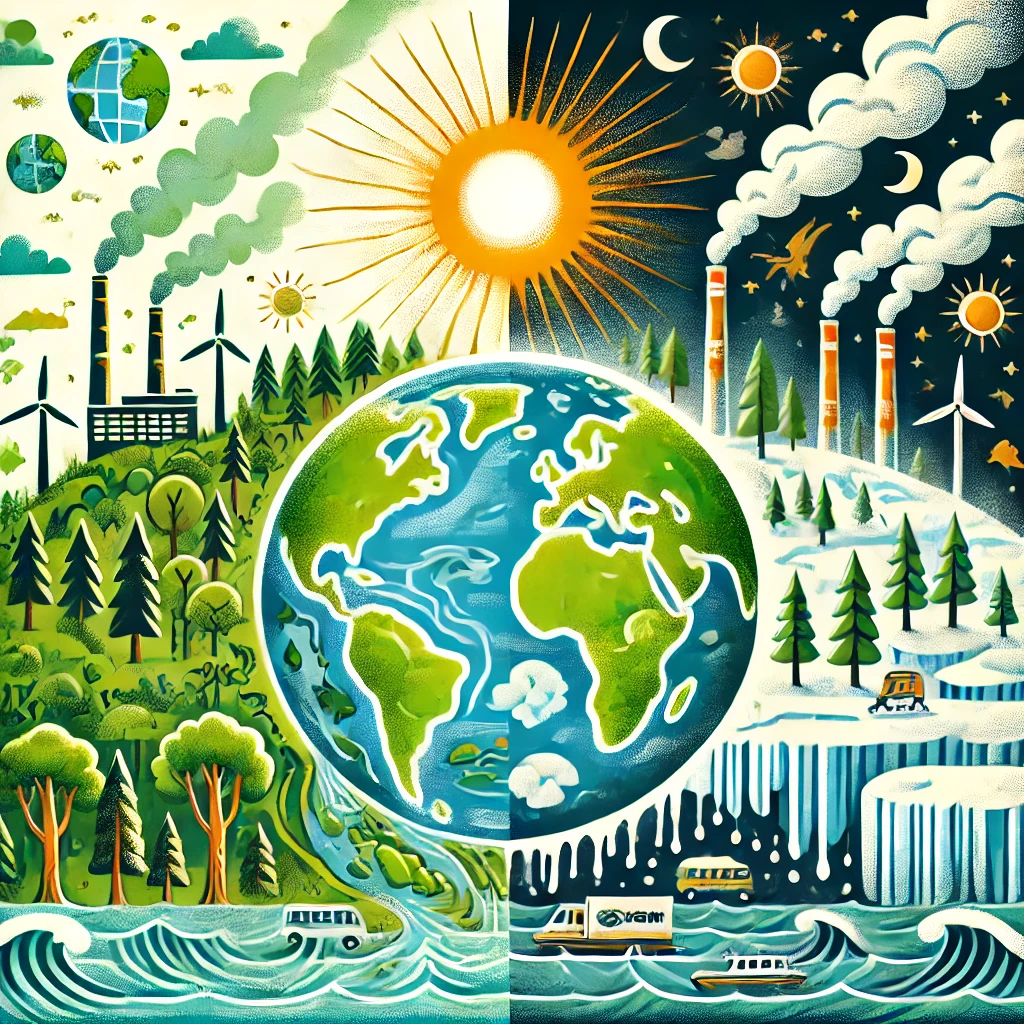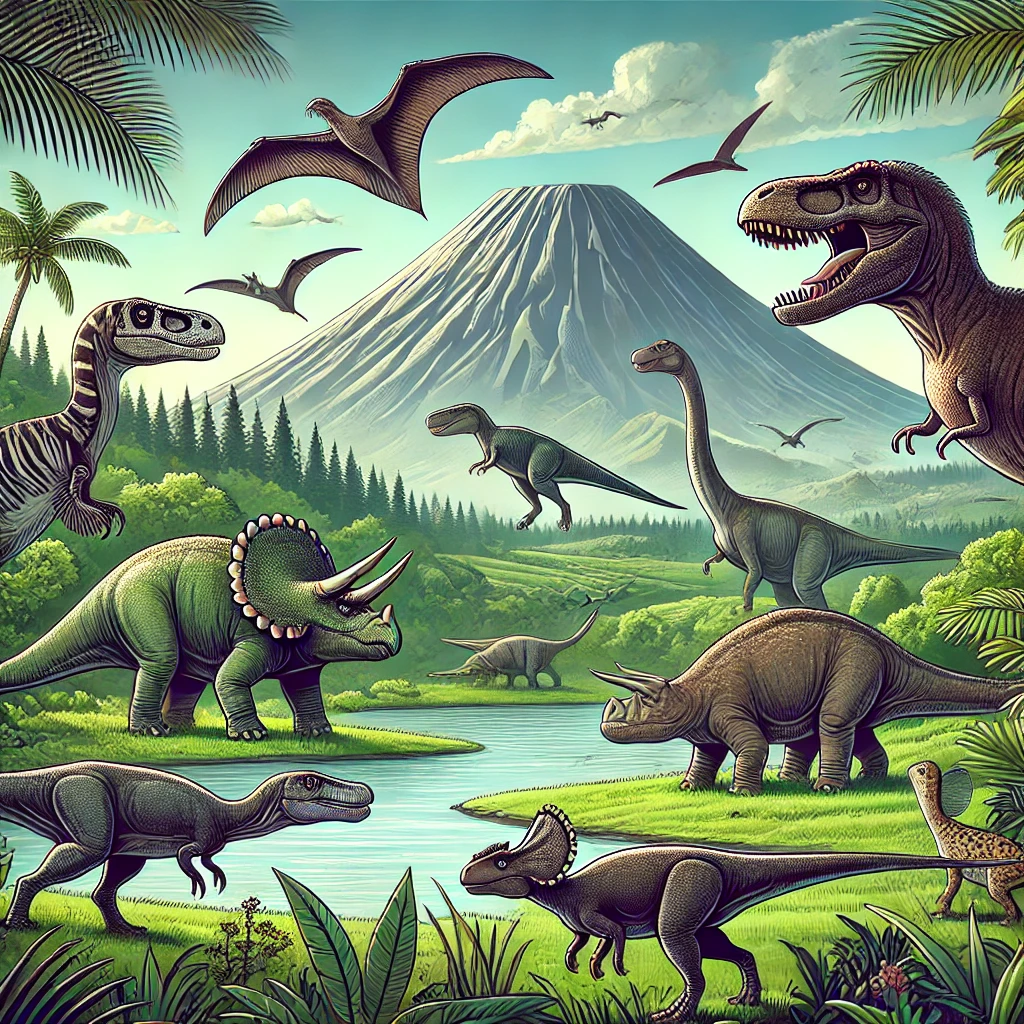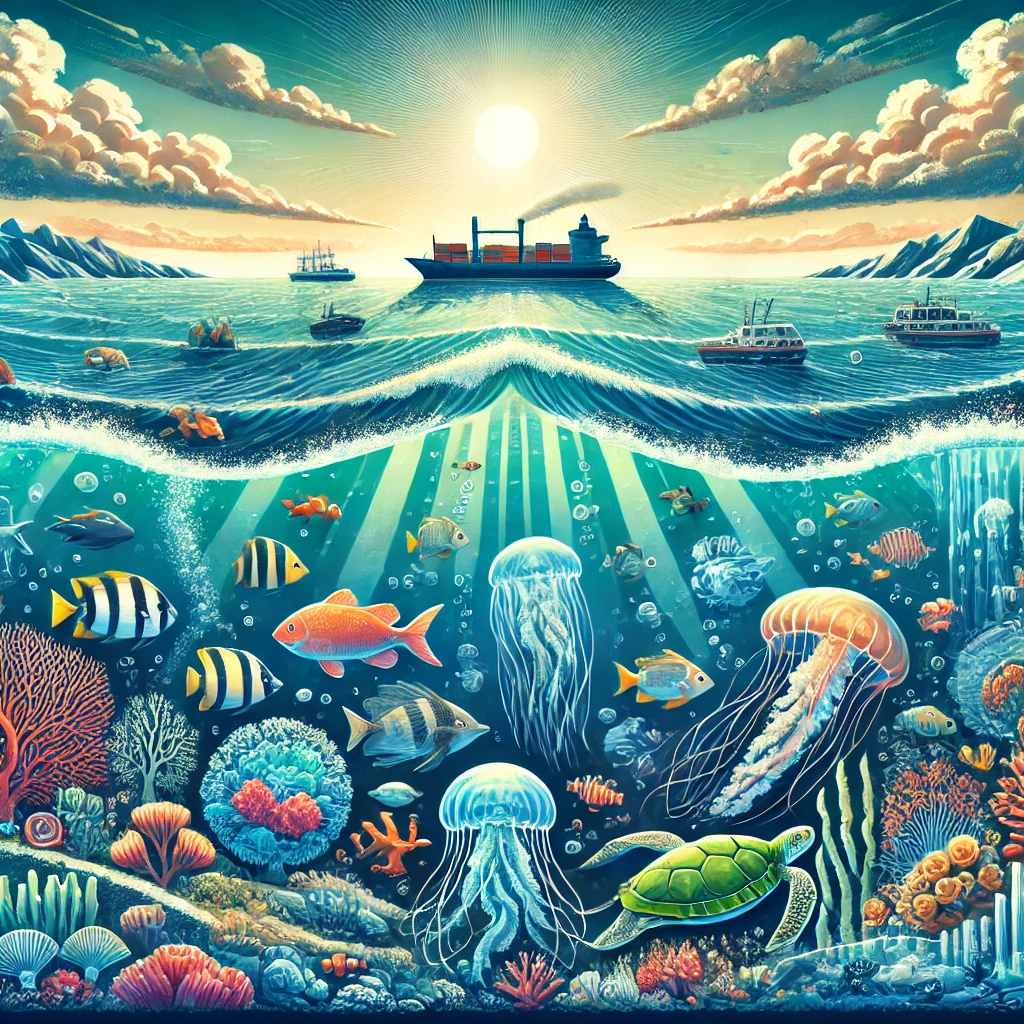7 Essential Facts About Climate Change
7 Essential Facts About Climate Change 1. Rising Temperatures Since the late 19th century, the Earth’s average surface temperature has increased by about 1.2°C (2.2°F). This rise is largely due […]

7 Essential Facts About Climate Change
1. Rising Temperatures
Since the late 19th century, the Earth’s average surface temperature has increased by about 1.2°C (2.2°F). This rise is largely due to human activities that release greenhouse gases into the atmosphere, trapping heat and causing the planet to warm. This seemingly small increase in temperature has far-reaching impacts, including altered weather patterns, disrupted ecosystems, and more frequent and severe heatwaves. The warming trend is projected to continue, leading to even more significant changes in the climate.
2. Greenhouse Gases
Greenhouse gases (GHGs) like carbon dioxide (CO2), methane (CH4), and nitrous oxide (N2O) have increased significantly due to human activities such as burning fossil fuels (coal, oil, and natural gas), deforestation, and industrial processes. These gases trap heat in the atmosphere, creating a ‘greenhouse effect’ that warms the planet. The concentration of CO2, the most prevalent GHG, has risen from pre-industrial levels of about 280 parts per million (ppm) to over 410 ppm today, exacerbating global warming.
3. Sea Level Rise
Sea levels are rising as a result of two main factors: the thermal expansion of seawater as it warms and the melting of glaciers and ice sheets. Over the past century, global sea levels have risen by about 20 centimeters (8 inches), with the rate of rise accelerating in recent decades. This poses significant risks to coastal communities, including increased flooding, erosion, and saltwater intrusion into freshwater resources. Low-lying areas and small island nations are particularly vulnerable to these changes.
4. Extreme Weather
Climate change is contributing to the increased frequency and severity of extreme weather events. This includes more intense hurricanes and tropical storms, prolonged droughts, severe heatwaves, and heavy rainfall leading to floods. These events have devastating effects on communities, economies, and ecosystems. For example, warmer ocean temperatures can fuel stronger hurricanes, while higher atmospheric temperatures can exacerbate heatwaves and drought conditions.
5. Ocean Acidification
The world’s oceans absorb about one-third of the CO2 emitted by human activities. As CO2 dissolves in seawater, it forms carbonic acid, leading to a decrease in the ocean’s pH levels—a process known as ocean acidification. This change in acidity can harm marine life, particularly organisms with calcium carbonate shells or skeletons, such as corals, mollusks, and some plankton species. Acidification disrupts marine ecosystems and threatens fisheries and aquaculture industries.
6. Biodiversity Loss
Climate change is one of the major drivers of biodiversity loss. As temperatures rise and weather patterns shift, many species struggle to adapt to the rapidly changing conditions. Habitats are being altered or destroyed, leading to the displacement or extinction of species. Polar bears, coral reefs, and migratory birds are among those at risk. The loss of biodiversity affects ecosystem services that humans rely on, such as pollination, water purification, and disease regulation.
7. Mitigation and Adaptation
Addressing climate change requires a dual approach: mitigation and adaptation. Mitigation involves reducing or preventing the emission of greenhouse gases, which can be achieved through transitioning to renewable energy sources (solar, wind, hydro), enhancing energy efficiency, and adopting sustainable practices in agriculture and forestry. Adaptation refers to adjusting our lifestyles and infrastructure to cope with the impacts of climate change, such as building resilient infrastructure, developing early warning systems for extreme weather, and implementing water management strategies to handle droughts and floods.
These seven facts underscore the urgency and complexity of climate change, highlighting the need for global cooperation and action to mitigate its effects and adapt to its impacts.

















